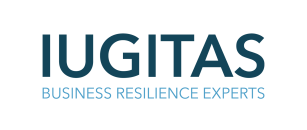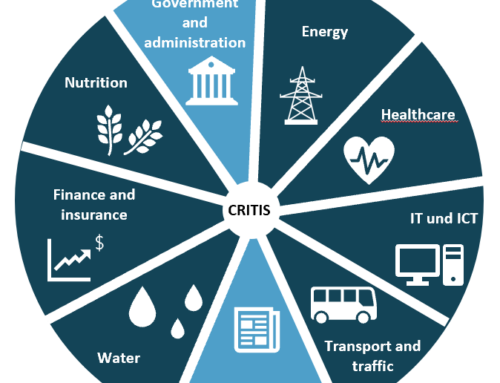The annual damage caused by corruption in Germany is estimated at more than 400 billion euros. Middle and senior management in particular is the driving force behind corruption.
Corruption is a creeping process that begins at the lowest level of a company. In order to obtain information and spy on the company, employees are infiltrated who can, for example, take over infrastructural tasks. Here, the position of a porter, a cleaner or canteen staff should be mentioned, who specifically spy out where the further steps of corruption should start. If this information is available, the spying on the company takes place in more sensitive areas. Here, persons are infiltrated primarily in management levels as assistants. These persons collect targeted information about the company’s employees in order to select suitable target persons for strategic collusion. External service providers such as interpreters or IT service providers can also collect sensitive information here in order to damage the company. The final operational phase then occurs after a certain period of time, sometimes only after several years. In this phase, people from the corruption network are deliberately manipulated and used for the company’s own purposes. For example, employees of the human resources department are used to infiltrate corrupt persons into positions where they can obtain further information from the company or otherwise cause damage.
The reasons for corruption are manifold. The aim is to steal information in order to gain advantages or to damage the company. The aim may be to drive competitors out of the market or to take them over cheaply, for which the company’s reputation is previously damaged. Examples of corruption can also be the provocation of incidents by an IT administrator. This only serves the purpose of weakening the company and damaging its reputation. But also clerks can act corruptly by creating too expensive tender documents to enable another company to win the contract.
A current example of corruption in business is the wiretapping scandal at Volkswagen Germany: In 2017, VW had a dispute with a supplier of the Prevent Group. As a result, the supplier refused to deliver, leading to a forced production stop at VW. Since then, VW and Prevent have been in legal disputes. In 2017 and 2018, VW held a number of strategy meetings to decide how to replace the supply by Prevent. It is now known that more than 50 hours of audio material in these meetings were secretly recorded and in part leaked to the public. VW has subsequently filed charges against unknown persons. A leading employee was suspected of these recordings and released from his employment. In the aftermath, there was a fire at his residence and it is suspected that this man burned to death in a car.
The wiretapping scandal shows a very present case of corruption, where these audio recordings were to be used to presumably gain an advantage over VW. It is not yet known by whom these recordings were ordered and carried out and with what final goal. However, this example shows that corruption is omnipresent and even large companies with many security measures are not safe from secret recordings and the theft of information.
Basically, it should be noted that a company can protect itself against corruption. In large companies, entire departments are usually dedicated to this. Technical solutions can also be used as a tool to detect unusual procedures. But small companies can also protect themselves against corruption by simple means. It is important to observe how employees have changed. Supervisors in particular should maintain intensive contact to notice and address these changes. Trust must be built up, which in turn brings monetary value for the company, because corruption is always an abuse of trust that must be recognized and prevented. This requires knowledge of human nature and a sure instinct; the social environment must be carefully considered.
The guiding questions for corruption protection are:
1. why does the person switch loyalties?
2. how do I recognize the abuse of trust?
3. how do I deal with a suspected case?
Corruption protection can be delegated depending on the size of the company. An external service provider can also be temporarily helpful to uncover gaps and points of attack for corruption. DIN ISO 37001 “Management systems to combat corruption” can be used as a tool in corruption protection. It provides a foundation for good corruption management and is also certifiable at the same time. Such a certificate not only makes a company appear more trustworthy and presents itself as a good partner, but also increases the value of the company.
If you also want to find out how reliable the people working in your company are, then you too can start with corruption protection. We will be glad to help you!
Note: With the listing of job descriptions, which are suitable for the infiltration of corrupt persons, we do not want to generalize that all persons in these occupational groups are corrupt!
An article written by Anna Müller, published on 20 August 2020
Translated by Charlotte Ley






